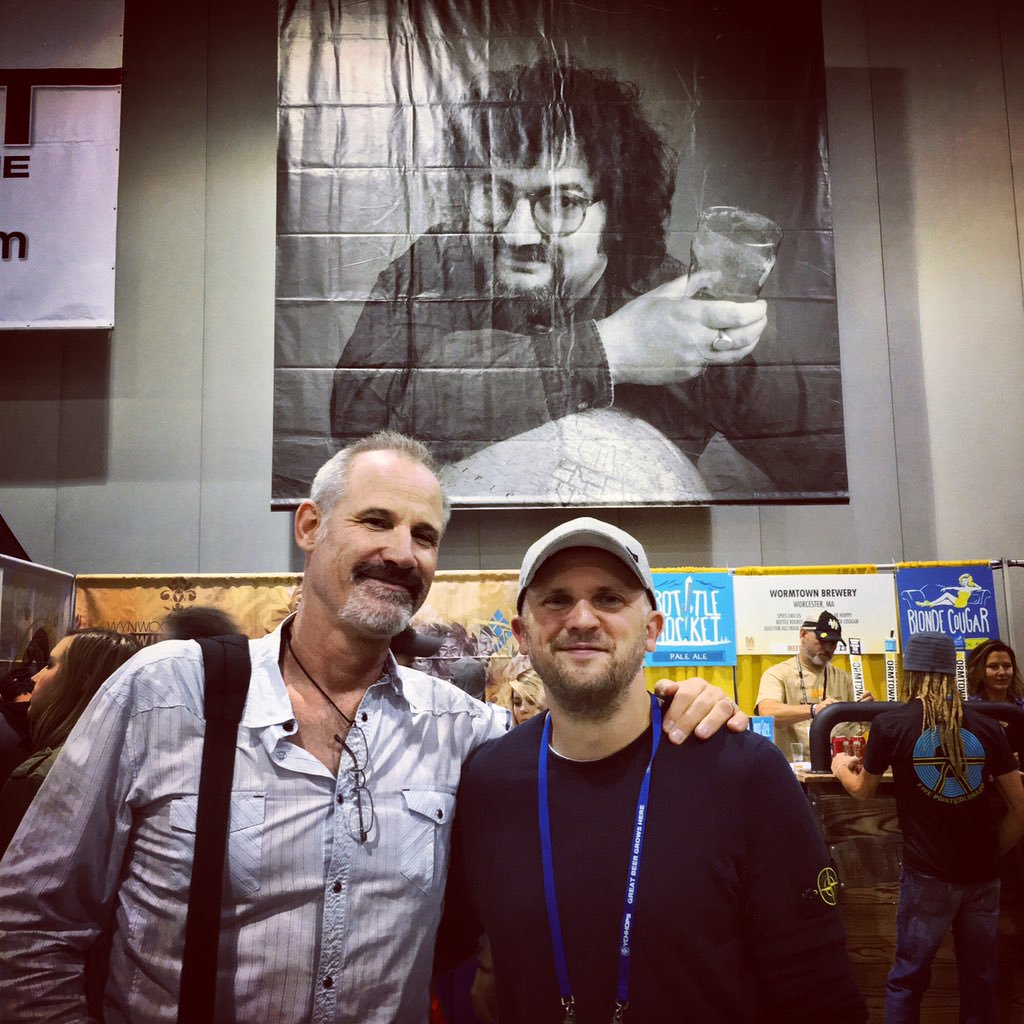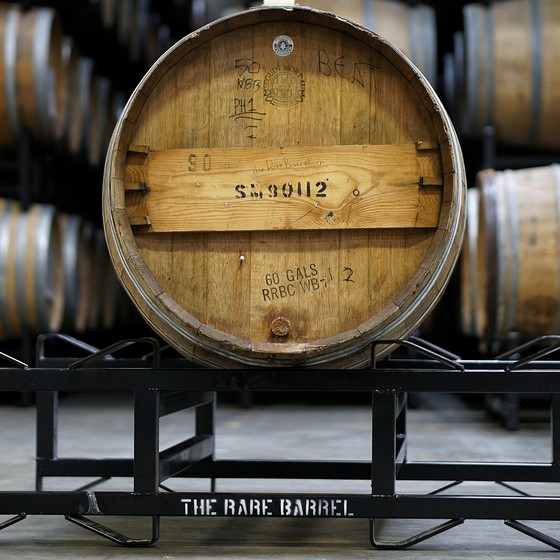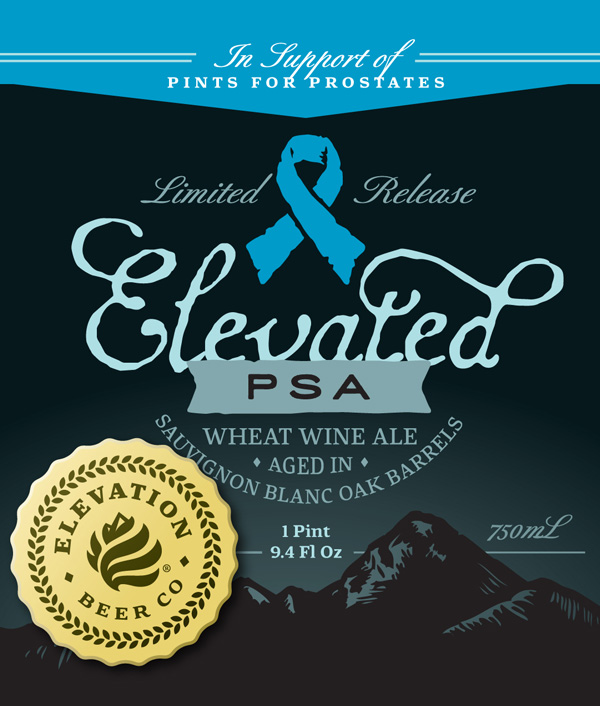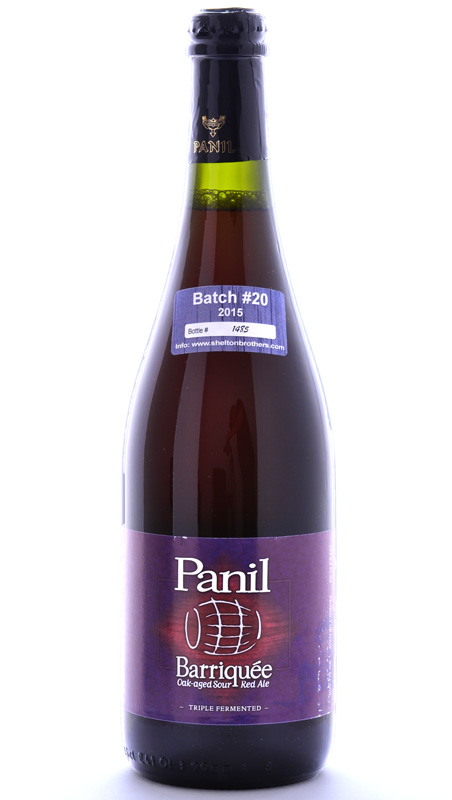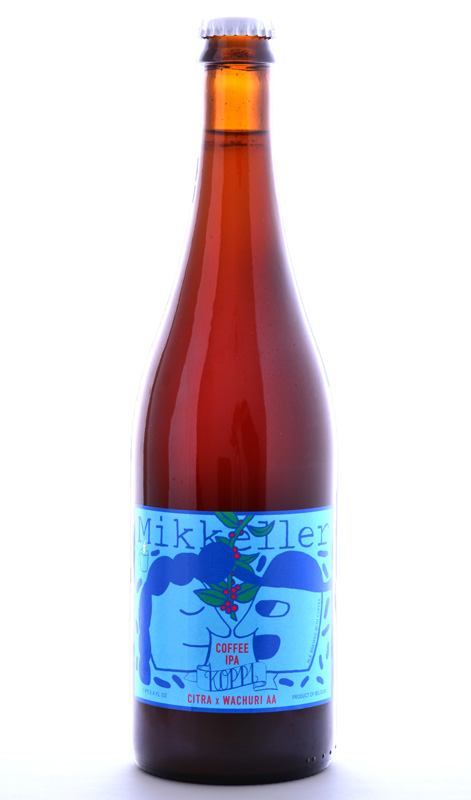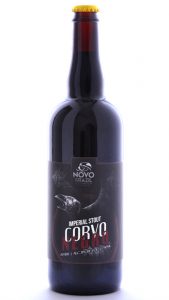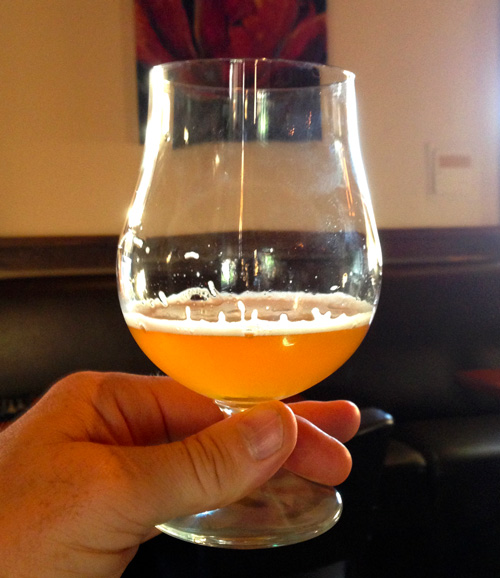 I touched upon some of the highlights from this year’s Great American Beer Festival in my last column—but left out one of the main side missions. Like many of you, I’ve been tasting examples of hazy IPAs (aka “Vermont-style IPAs”, aka “New-England-style IPAs”, etc.) as I happen to cross paths with them. But I hadn’t had a chance to seriously go down that rabbit hole until recently. My upcoming Trending column in our January issue of All About Beer will be focused entirely on those hazy, murky, milkshakey incarnations of IPA, as well as whether or not, you know, brewing IPAs that look like grapefruit juice might trigger the apocalypse.
I touched upon some of the highlights from this year’s Great American Beer Festival in my last column—but left out one of the main side missions. Like many of you, I’ve been tasting examples of hazy IPAs (aka “Vermont-style IPAs”, aka “New-England-style IPAs”, etc.) as I happen to cross paths with them. But I hadn’t had a chance to seriously go down that rabbit hole until recently. My upcoming Trending column in our January issue of All About Beer will be focused entirely on those hazy, murky, milkshakey incarnations of IPA, as well as whether or not, you know, brewing IPAs that look like grapefruit juice might trigger the apocalypse.
Short answer: Maybe.
The Great American Beer Festival happened to have half a dozen or so serious takes on the trend, like the yeast-hazed Green Acres from Virginia Beer Co., the heavily dry-hopped Sun Temple IPA from Colorado’s Yak and Yeti, or the high-protein Mass Riot from Prison City in upstate New York. Folks are using a variety of techniques to generate haze in their IPAs, from minimally flocculating yeast strains to high-protein malt bills—to just dry-hopping the bejeezus out of it—following in the footsteps of hazy-IPA trendsetters like The Alchemist, Trillium and Tree House. While many drinkers are completely against the trend of having a hazy/murky version of IPA gaining ground, others (like me) are finding them engaging and, often, an exceptional way to focus on juicy hop flavor and aroma. Presuming they’re fresh.
Have you been diggin the haze? Loathing it? Seeing more examples locally? NorCal’s seeing tons of breweries getting on board, and everything suggests 2017 is looking ever more hazy.

